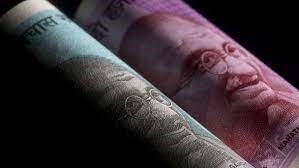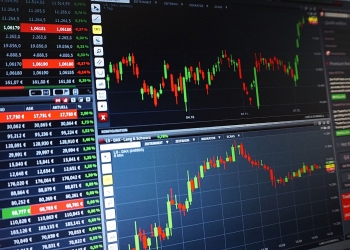The Indian rupee is on track to finish the year as Asia’s worst-performing currency, as foreign funds flee the country’s stocks in the wake of the global financial crisis. The currency fell by 2.2 percent in the third quarter as international funds withdrew $4 billion from the country’s stock market, the largest of any regional market for which data is available.
Investors from abroad sold Indian stocks after Goldman Sachs Group Inc. and Nomura Holding Inc. recently downgraded their forecast for equities due to overvaluation. This comes at a time when concerns about the omicron virus strain are upsetting the global financial markets. Furthermore, the rupee’s carry appeal has been hampered by a record-high trade deficit and the central bank’s policy divergence from that of the Federal Reserve.
As a result of the divergence in monetary policy and the expanding current account deficit, “the rupee is expected to depreciate significantly in the short future,” according to B. Prasanna, head of global markets, sales, trading, and research at ICICI Bank Ltd in Mumbai. In terms of the Reserve Bank of India, the depreciation of the rupee is a double-edged sword. Even though a lower currency may help to boost exports during the country’s fragile economic recovery from the pandemic, it also increases the danger of imported inflation and makes it more difficult for the central bank to keep interest rates at record low levels for much longer.
Stocks open high on Wall Street ahead of retailer earnings
QuantArt Market Solutions predicts that the rupee will plummet to 78 per dollar by the end of March, breaking the previous record low of 76.9088 set in April 2020. A Bloomberg survey of traders and analysts predicts that the rupee would fall to 76.50 per dollar by the end of March. The rupee is expected to fall by approximately 4% this year, marking the fourth consecutive year of declines.
In response to the departure of foreign investors from stocks, India’s benchmark S&P BSE Sensex Index has fallen by almost 10% from its all-time high reached in October. Although this is true, the one-year forward price to earnings ratio for the Sensex is at 21, compared to 12 for the MSCI Emerging Markets Index, indicating that there is still an opportunity for the Sensex to fall even further in the near future. This quarter, bond investors pulled $587 million out of the market.
























